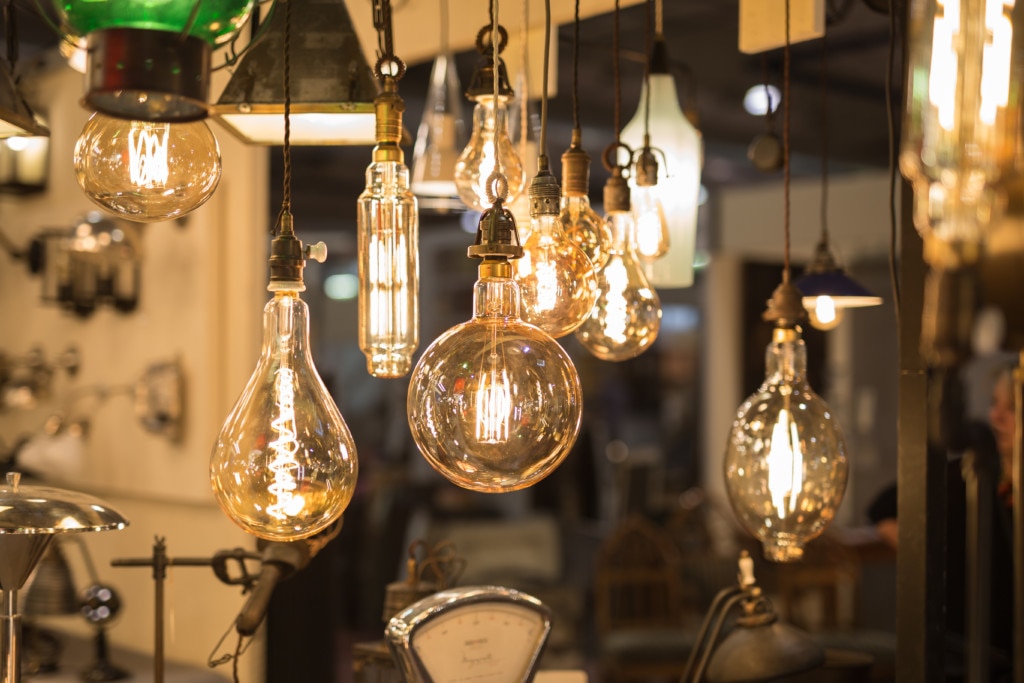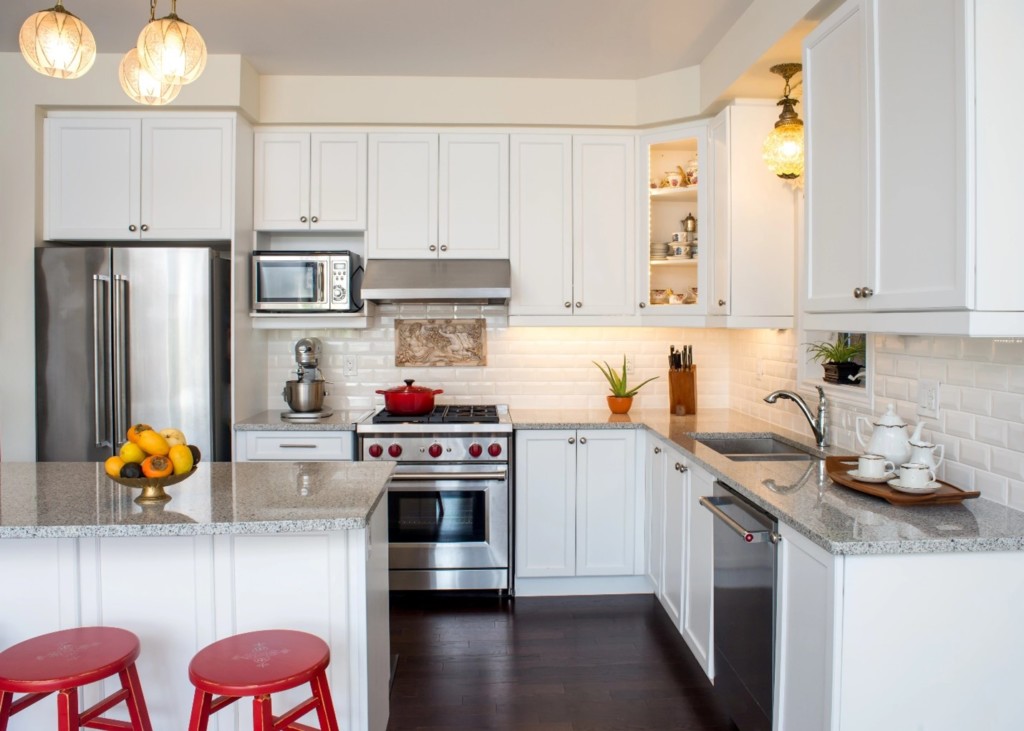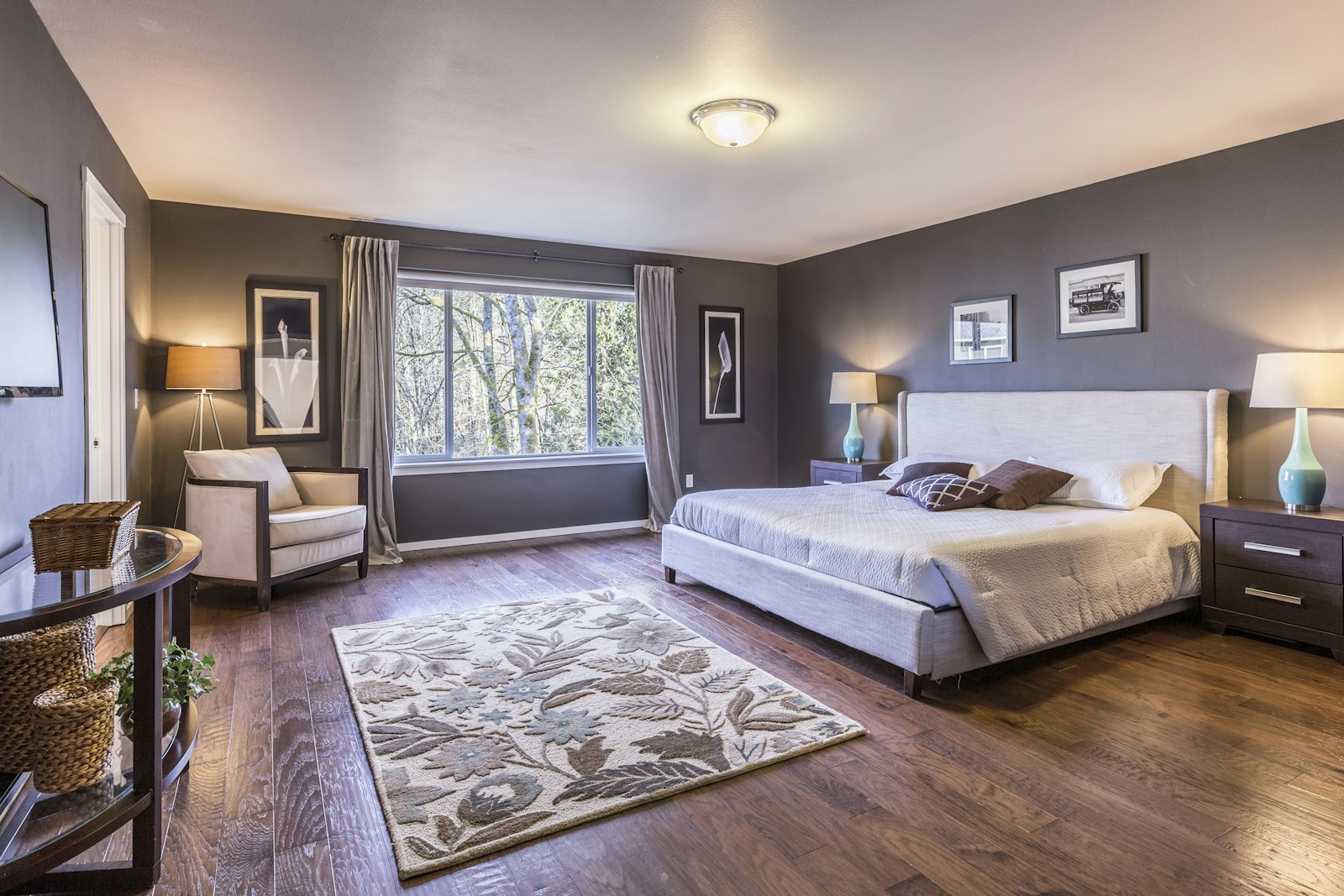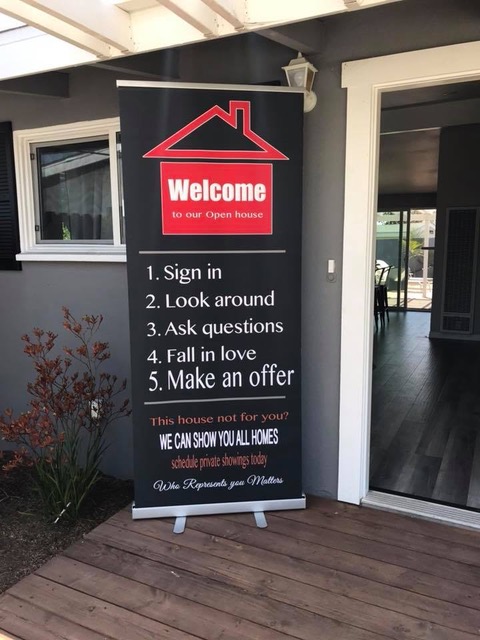As you set out to flaunt your home’s best assets, the most vital element might be the lighting tasked with accentuating it all. Think about it: we love parks, shopping centers, and other public areas that have bright, ample lighting. Potential buyers will appreciate the same glow coming from your home.
It’s not as simple as turning on every overhead light. You need to choose the right combination of blubs to brighten up the space. Here are seven staging tips to ensure your property is perfectly lit before a showing.

1. What Do You Use the Room For?
As you contemplate where to add lighting within your home, consider each space’s utility first: how much light does a person need to make this area functional? For example, your kitchen probably has overhead lighting built in, but focused task lighting can brighten it further and make cooking simpler and safer.
Consider adding a lighting system underneath your cabinets, should the space need a brighter glow. The same goes for the bathroom, where primping happens. A bright light over or around the mirror can transform a dark, gloomy bathroom into a functional place to get ready.

2. Modernize Light Fixtures
As potential buyers peruse your home, they’re sure to look at where the light’s coming from and evaluate those fixtures, too. You might think an old fixture isn’t something you have to fix. A new homeowner can swap it out for something that suits their tastes, right? This is true, but it could affect your bottom line if the person buying your home knows they have to update the fixtures.
So, go ahead and swap out any chandelier or fixture that feels old-fashioned. You should also make sure every bulb works, whether it’s part of a dangling lamp or a simple recessed bulb. Buyers will want to know how the lighting looks in every area they enter. If a bulb is out, this could risk the sale of the home.
3. Consider Layers
When it comes to decorating, layering is an art form. You can place rugs atop one another, or pile throw pillows and blankets atop an already patterned sofa for added interest. The same goes for your lighting setup, but don’t rely on overheads alone. Instead, try placing a table or floor lamp, so the level of light is even throughout the space. This is especially important in older homes, which typically do not have the plethora of recessed bulbs and overhead fixtures we see in modern construction.

4. Make It Energy-Efficient
As you add new lamps and bulbs to your space, be sure that what you’re installing has a high energy-efficiency rating. Today’s buyer wants a home that runs in an eco-friendly and budget-friendly manner. Traditional incandescent bulbs burn out quickly and use much more energy to function than their LED or compound fluorescent lamp (CFL) counterparts.
You can also consider using smart bulbs in your home. Smart bulbs are also energy efficient, but you can change the brightness depending on the time of day and turn them on and off using your smartphone. Yes, these options tend to cost more, but those who tour your property will like knowing they won’t have to pay more to keep the lights on. To learn more about the different kinds of lighting, check out this article about sustainable lighting.
5. Add the Illusion of Space
No matter how cozy it feels to you, a dark room can feel cramped to those touring your home. On top of that, if you have oversized furniture or too many pieces, the room can feel cramped and small.
Part of your staging will have to cover moving the oversized furniture, but keep in mind that the dark space will still feel cramped without the right lighting. If the room is small, then you might be wary of losing square footage to a floor lamp or table with a lamp on top of it. In that case, consider installing wall sconces or an overhead fixture. If you need more tips on how to prepare your home before a tour, see this handy check list.
6. Let in Natural Light
Another element beloved by potential buyers everywhere is natural light. Unfortunately, you can’t purchase a lamp or bulb to enhance your property’s natural light. What you can do is ensure as many of the sun’s rays are flooding into the property as possible by throwing back curtains, opening blinds, and removing any other obstructions from the window area. If you know what time your home is at its sunniest, suggest showings to your real estate agent during this time so buyers see the property in all its glory. But if your home lacks natural light, you can repaint the home in neutrals or white to at least create the illusion that the home is brighter.

7. Incorporate Outdoor Lighting
Finally, your home’s curb appeal can make or break a sale. If potential buyers drive up after dark and can’t see your property, you have a problem. So, add outdoor lighting to your to-do list. Aside from spotlights on the facade, you might want to light any foliage that deserves attention. The same goes for your backyard; although it’s not technically part of your property’s curb appeal, adding a porch light can really help brighten the yard up.
Light It Up
With a few small upgrades to your existing lighting scheme, you will be on your way to a successful staging of your property. The right lamps and fixtures highlight all the wonderful features of the place for the next person who moves in!

